Birds are fascinating creatures with complex social behaviors that often go unnoticed by casual observers. One of the most intriguing avian behaviors is communal roosting – when multiple birds gather together to sleep during the nighttime hours. This phenomenon occurs across numerous bird species worldwide and serves multiple evolutionary and practical purposes. From tiny sparrows huddling in dense shrubbery to thousands of starlings performing mesmerizing pre-roosting aerial displays, communal roosting represents a remarkable adaptation that has helped birds survive and thrive for millions of years. This article explores the various reasons why birds choose to roost together at night, examining the biological, ecological, and social factors that drive this widespread behavior.
The Safety in Numbers Principle

One of the primary reasons birds roost together at night is the protection afforded by being part of a group. When dozens, hundreds, or even thousands of birds gather in one location, individual birds benefit from increased vigilance against predators. With more eyes watching for danger, the chance of detecting an approaching threat increases dramatically. Additionally, roosting in large numbers creates a “dilution effect,” where any individual bird’s chance of being selected by a predator decreases as the group size increases. Research has demonstrated that birds in larger roosting groups experience lower predation rates than those that roost alone or in smaller numbers. This collective security system proves particularly valuable during the vulnerable nighttime hours when many birds are essentially defenseless while sleeping.
Thermoregulation Benefits
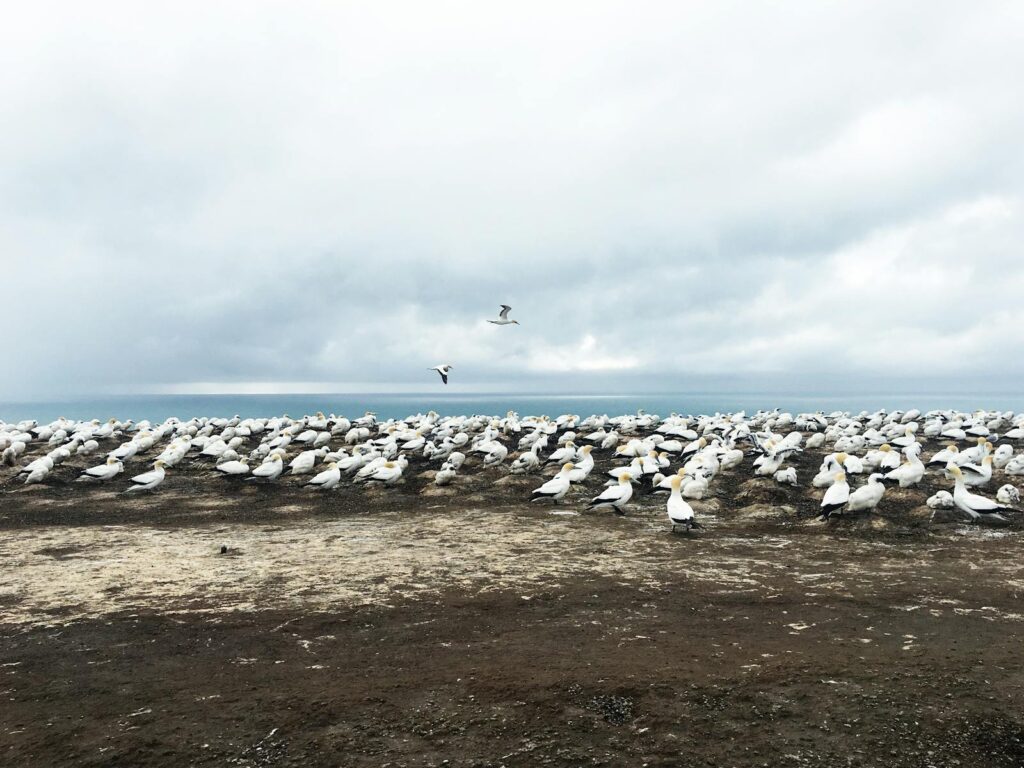
Birds face significant thermoregulatory challenges, particularly during cold winter nights when conserving body heat becomes crucial for survival. Communal roosting provides an effective solution to this challenge through collective body heat sharing. When birds huddle together in tight formations, they create a warmer microclimate that benefits all members of the roost. Studies have shown that birds roosting in the center of a group can experience temperatures several degrees warmer than the surrounding environment. Small species like chickadees and titmice are frequently observed roosting in close contact during frigid nights, sometimes even stacking on top of each other to minimize exposed surface area. This thermal advantage is so significant that some birds will travel considerable distances to reach communal roosts as temperatures drop, even if it means expending energy on the journey.
Information Sharing Opportunities
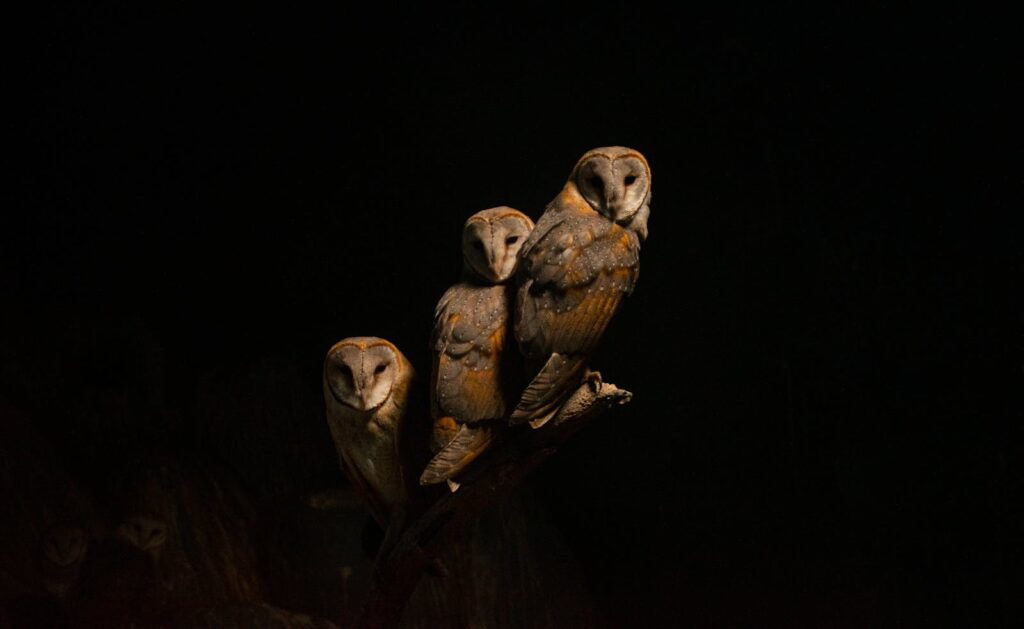
Communal roosts function as information centers where birds can inadvertently share valuable knowledge about food resources. When birds gather from different feeding areas, individuals that were less successful at finding food can observe and follow more successful foragers the following morning. This “information center hypothesis” was first proposed by ecologist Peter Ward in the 1960s and has been supported by numerous studies across different bird species. For example, research on raven roosts has documented cases where birds appeared to learn about new food sources from other roost members. Some colonial nesting species, like herons and egrets, maintain communal roosting behaviors even outside the breeding season, potentially to maintain these information-sharing networks. This unintentional cooperation benefits the entire community by improving overall foraging efficiency.
Social Bonding and Community
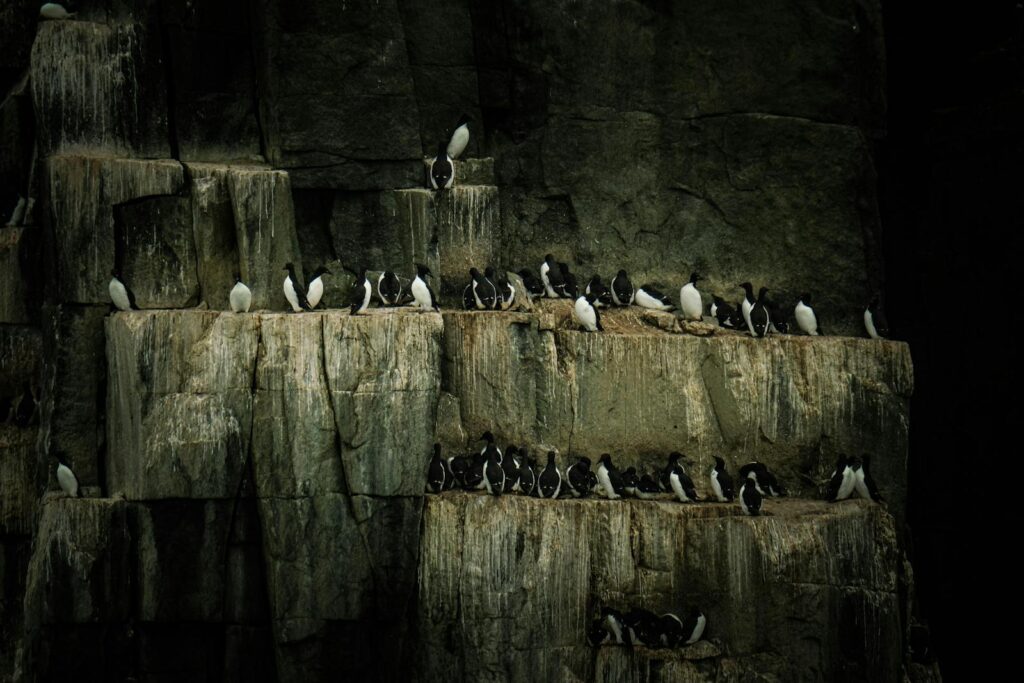
Birds are highly social creatures, and communal roosting provides opportunities for important social interactions that strengthen community bonds. For many species, pre-roosting gatherings involve complex vocalizations, displays, and interactions that serve social purposes beyond mere practicality. These gatherings can facilitate pair bonding in monogamous species or help maintain social hierarchies within the group. Young birds often learn important behavioral patterns by observing older individuals during these communal roosting rituals. In some species like the European starling, pre-roosting displays involve elaborate synchronized flight patterns, creating spectacular aerial displays called murmurations that appear to serve both social and anti-predator functions. These social aspects of roosting may explain why some birds maintain communal roosting even when the thermoregulatory benefits aren’t necessary, such as during milder weather conditions.
Protection from Weather Elements

Roosting sites are often selected for their ability to provide shelter from harsh weather conditions, and communal roosting can enhance this protection. Birds frequently select dense vegetation, protected cliff faces, or human structures that offer shield from wind, rain, and snow. When birds gather together in these protected locations, they create additional barriers against the elements through their collective presence. For instance, waterfowl roosting on open water will often form tight groups during storms, with birds taking turns positioning themselves on the windward side of the group. Swifts and swallows have been observed forming especially dense clusters during sudden weather events, clinging to one another in protected locations. This weather protection is particularly crucial during migration periods when birds may be exposed to unfamiliar or changing climate conditions along their routes.
Predator Confusion Strategies
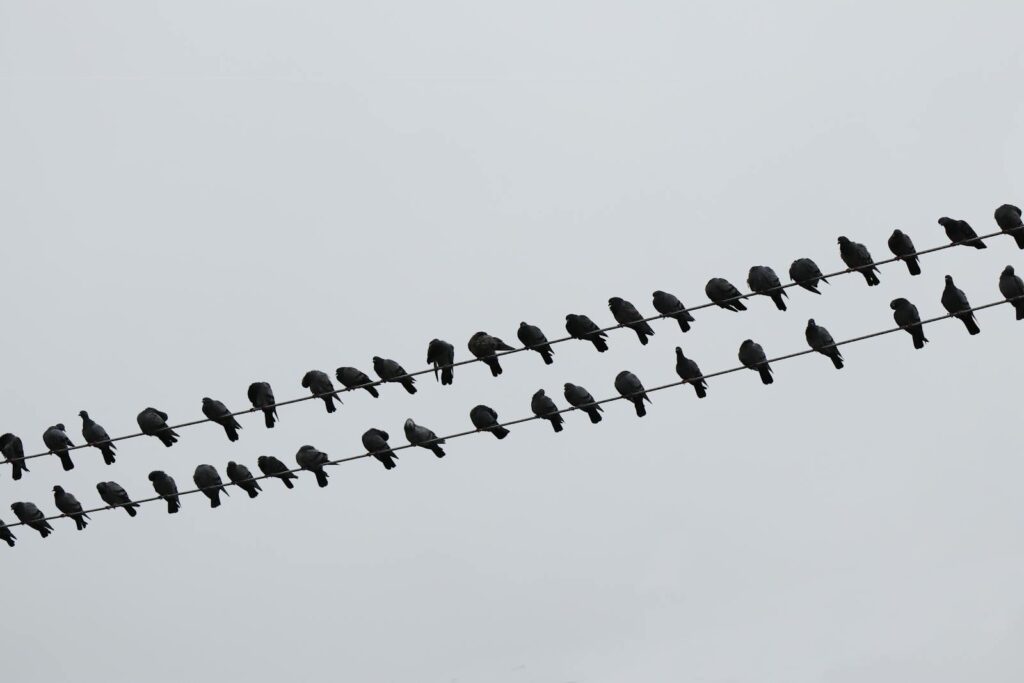
Large groups of roosting birds can employ specialized anti-predator tactics that wouldn’t be possible for individual birds or small groups. When a predator approaches a large roost, the simultaneous flushing of numerous birds creates a visually confusing effect that makes it difficult for the predator to target any single individual. This confusion effect has been well-documented in species like European starlings, whose massive murmurations create swirling, morphing shapes that can disorient pursuing predators like peregrine falcons. Some roosting bird species also coordinate their alarm calls, creating a cacophony that can startle or intimidate potential predators. Red-winged blackbirds, for example, will emit synchronized alarm calls when a predator approaches their roosting marsh, sometimes causing the predator to abandon its hunting attempt altogether. These coordinated defense mechanisms represent sophisticated evolutionary adaptations that benefit from the power of numbers.
Seasonal Variations in Roosting Behavior
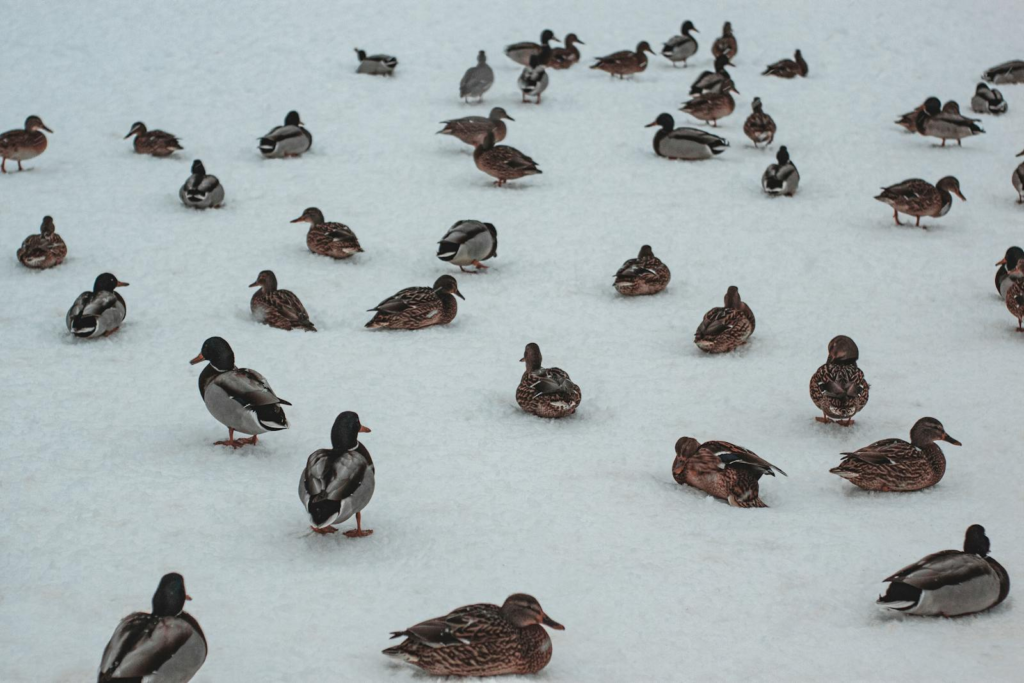
The tendency to form communal roosts often follows distinct seasonal patterns that reflect changing environmental conditions and biological needs. Many bird species form their largest and most cohesive roosts during winter months when thermal benefits are most valuable and food resources are more limited. As spring approaches and breeding season begins, these large winter roosts typically disband as pairs establish territories and nesting sites. However, some species maintain separate male and female roosting groups during breeding season while they attend to nesting duties. Interesting exceptions include swifts and swallows, which sometimes maintain communal roosting even during breeding season, with nesting pairs returning to communal roosts at night. Post-breeding season roosting numbers typically increase again, often incorporating newly fledged juveniles who benefit from the protection and information sharing of the communal group.
Species-Specific Roosting Patterns
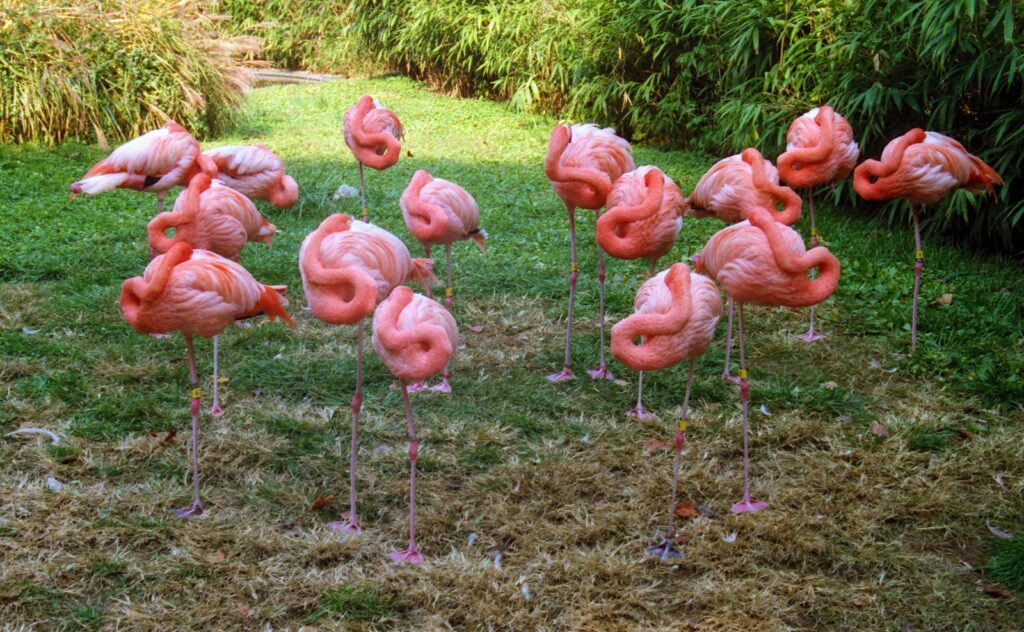
Different bird species exhibit fascinating variations in their communal roosting behaviors, reflecting their unique evolutionary histories and ecological niches. Crows and ravens form some of the most visible urban roosts, sometimes gathering by the thousands in specific trees or structures that they may use for decades if undisturbed. Wading birds like herons and egrets often form multi-species roosts in wetland areas, with different species occupying different vertical levels of the vegetation based on their size and preferences. Among the most spectacular roosters are the European starlings, whose pre-roosting murmurations can contain hundreds of thousands of individuals moving in breathtaking synchrony. At the other extreme, some species like chickadees form much smaller, more intimate roosting groups of just a dozen or so closely related individuals. These species-specific patterns demonstrate how communal roosting has evolved to suit the particular needs and capabilities of different birds.
Roost Site Selection Criteria
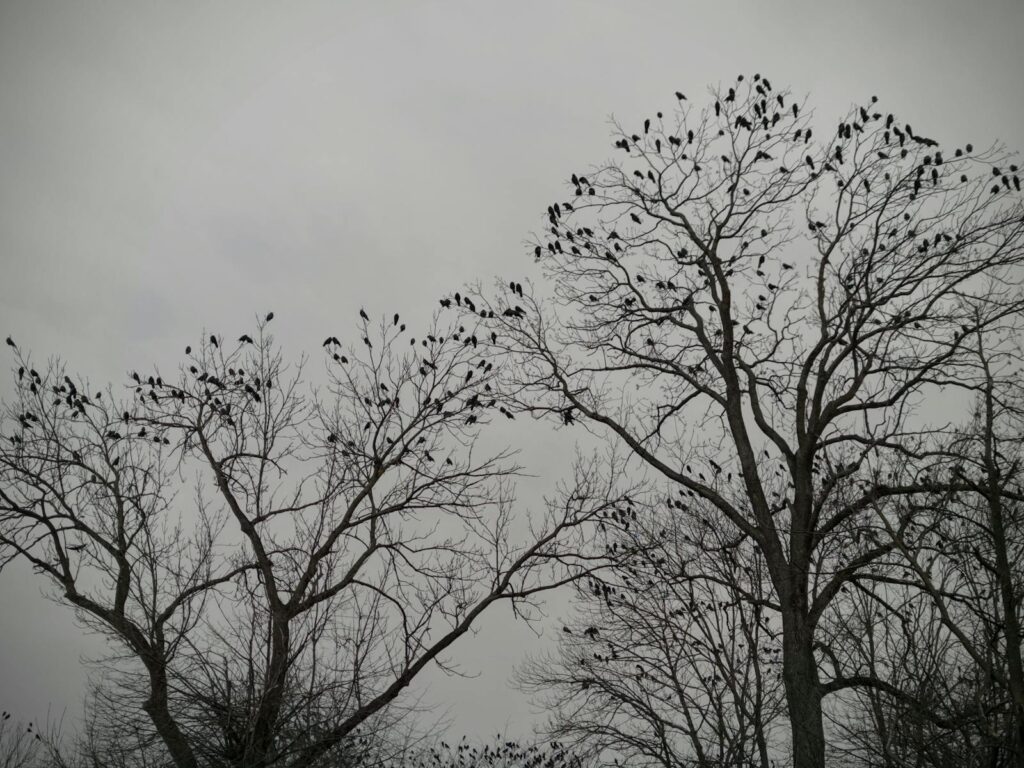
Birds are remarkably selective when choosing communal roosting locations, evaluating numerous environmental factors to find optimal sites. Safety from ground predators is a primary consideration, with many species choosing islands, isolated stands of trees, or human structures that limit predator access. Protection from the elements ranks as another critical factor, with birds often selecting dense vegetation, protected ravines, or areas with significant canopy cover. Proximity to reliable food sources also influences roost selection, as birds attempt to minimize energy expenditure traveling between feeding and roosting areas. Human disturbance levels significantly impact roost site suitability, with birds typically avoiding areas with excessive noise or activity, particularly during initial roosting hours. These selection criteria explain why certain locations become traditional roosting sites used by generations of birds, sometimes for decades until conditions change.
Human Impacts on Roosting Behaviors
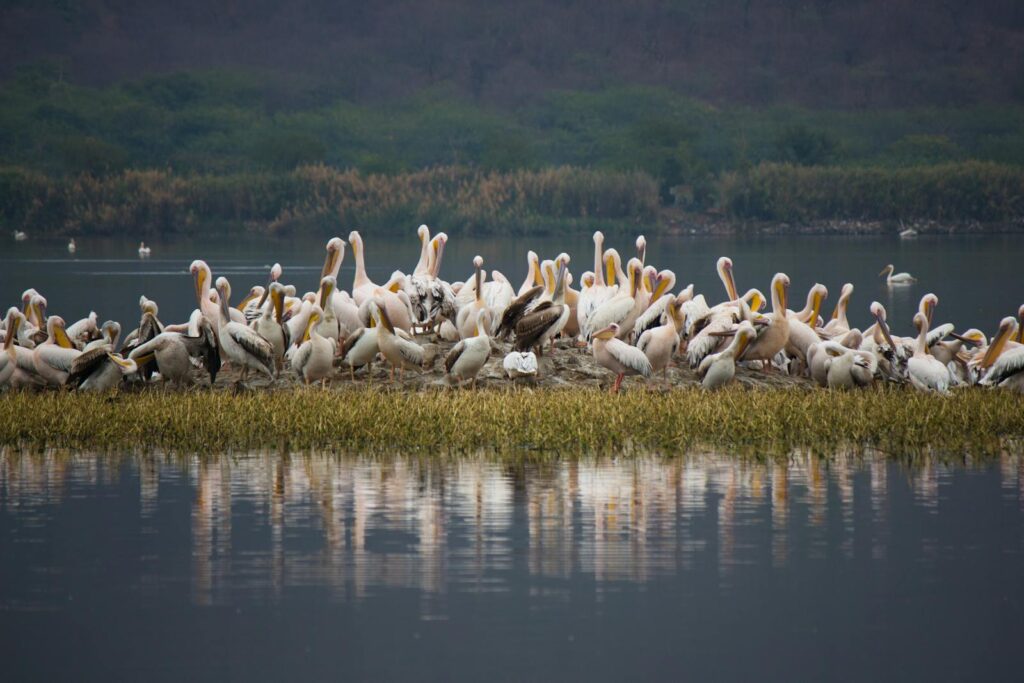
Human activities have profoundly altered bird roosting behaviors in both intentional and unintentional ways. Urbanization has eliminated many natural roosting habitats while simultaneously creating new opportunities in the form of buildings, bridges, and other structures that some species readily adapt to using. Light pollution from cities has disrupted natural roosting cycles for many birds, sometimes causing them to remain active for longer periods or select suboptimal roosting locations. Direct persecution of roosting birds, particularly species considered agricultural pests or urban nuisances, has forced populations to abandon traditional sites and seek alternatives, sometimes with negative consequences for their survival. Conservation efforts increasingly focus on protecting important roosting sites, particularly for threatened species or along critical migration corridors where suitable stopover roosting locations are essential. Understanding these human impacts is crucial for developing effective bird conservation strategies in our increasingly developed world.
The Roosting Rituals Before Sleep
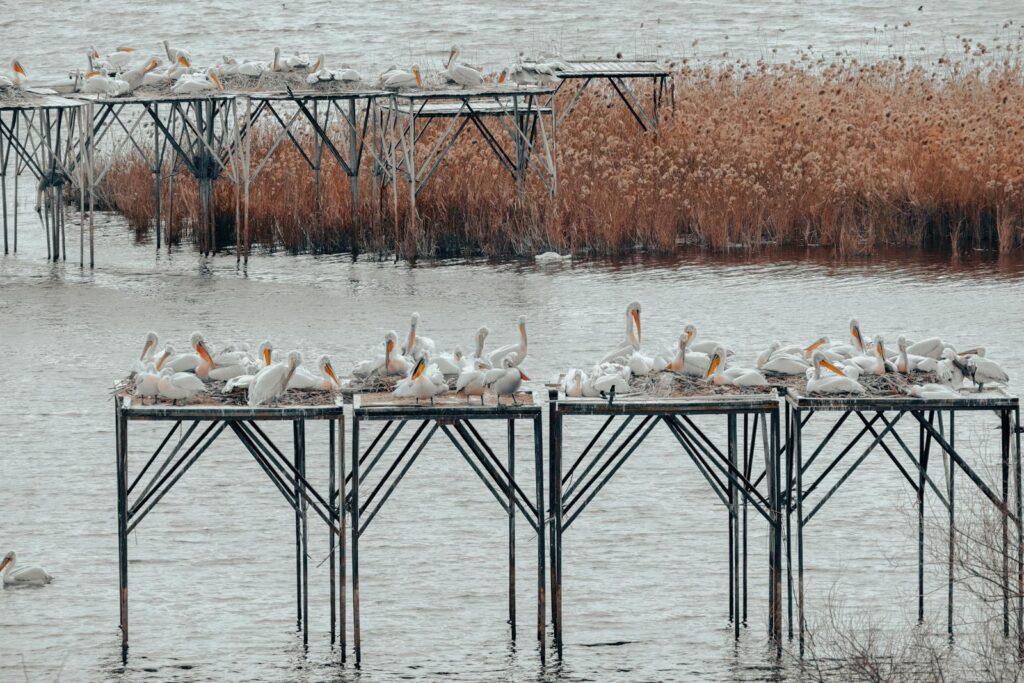
The period immediately preceding the actual settling down for sleep involves complex behavioral sequences that vary among species but serve important functions. For many birds, pre-roosting rituals begin with gathering at staging areas near the final roosting site, where they may engage in various social interactions and vocalizations. European starlings perform their elaborate murmurations during this pre-roosting period, flying in tight, coordinated formations for up to 45 minutes before finally settling into their roosting site. Crows and ravens often engage in what observers describe as “social play” during this time, with aerial acrobatics and interactive behaviors that may strengthen social bonds. These pre-roosting activities typically intensify as daylight fades, reaching peak intensity in the final minutes before darkness falls. Interestingly, research suggests that these rituals may serve multiple functions simultaneously, including predator detection, social communication, and physiological preparation for the nighttime roosting period.
Evolutionary Origins of Communal Roosting
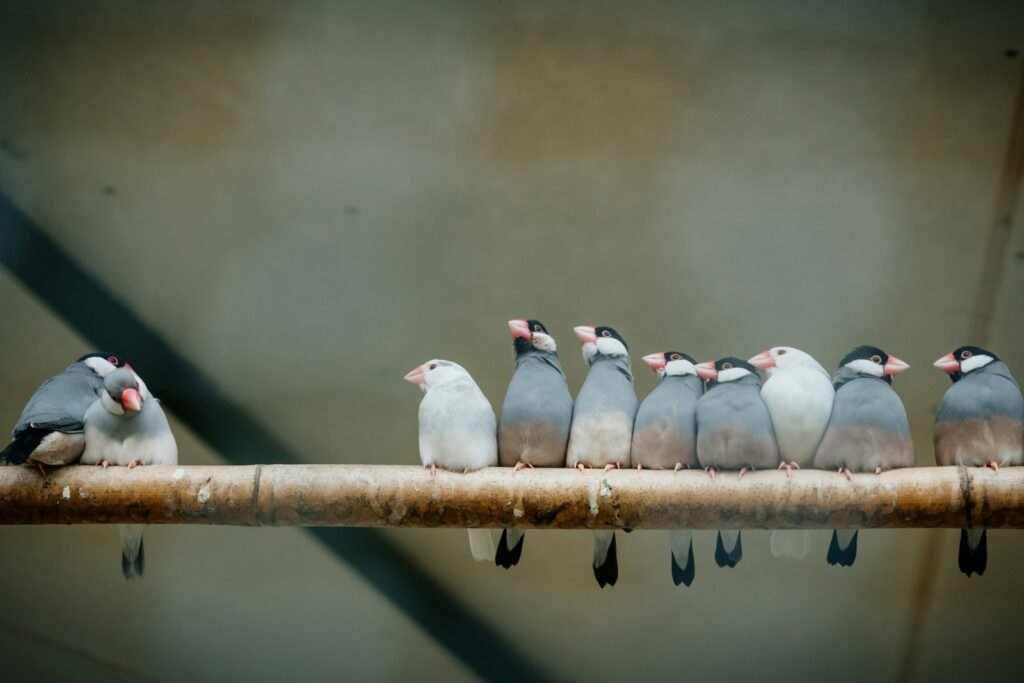
The widespread occurrence of communal roosting across phylogenetically diverse bird families suggests this behavior has evolved independently multiple times, highlighting its adaptive value. Evolutionary biologists theorize that communal roosting likely began as a simple anti-predator strategy in early birds, possibly inherited from their dinosaur ancestors who may have exhibited similar grouping behaviors. Fossil evidence of multiple individuals preserved together supports the hypothesis that group roosting behaviors may extend back millions of years. As birds diversified and adapted to different ecological niches, communal roosting was likely maintained and refined through natural selection whenever it provided survival advantages. The thermodynamic benefits of communal roosting would have been particularly advantageous as birds colonized colder climates or adapted to seasonal temperature variations. By studying the distribution of communal roosting across the avian family tree, researchers continue to gain insights into how this behavior has developed and been maintained through evolutionary time.
Conservation Implications of Roosting Behavior

Understanding bird roosting behavior has significant implications for conservation efforts and wildlife management. Because communal roosts concentrate large numbers of birds in relatively small areas, these sites represent critical habitat that deserves special protection. The loss of a single traditional roosting site can displace thousands of birds and potentially impact their survival if suitable alternatives aren’t available. Migratory species face particular challenges as they require appropriate roosting habitat along their entire migration route, making international conservation cooperation essential. The social information sharing that occurs at roosts also means that protecting experienced birds who know the locations of food resources can benefit entire populations. Conservation strategies increasingly incorporate protection of roosting sites, creation of artificial roosting structures for displaced populations, and management practices that minimize disturbance during critical roosting periods. By recognizing the ecological significance of communal roosting, conservationists can develop more effective approaches to bird protection.
Communal roosting represents one of the most fascinating and complex social behaviors in the avian world. This widespread phenomenon serves multiple adaptive functions, from the obvious benefits of predator protection and thermal regulation to more subtle advantages like information sharing and social bonding. The diversity of roosting patterns across different species and environments demonstrates the remarkable adaptability of birds and their capacity to develop sophisticated cooperative behaviors. As humans continue to transform landscapes worldwide, understanding and protecting important roosting sites becomes increasingly critical for bird conservation. Whether it’s a small group of chickadees huddling together on a winter night or thousands of starlings swirling in spectacular aerial displays before settling down to roost, these communal gatherings represent a remarkable evolutionary strategy that has helped birds survive and thrive for millions of years.
